Visit Zimbabwe: The Save Valley Conservancy and Gonarezhou National Park
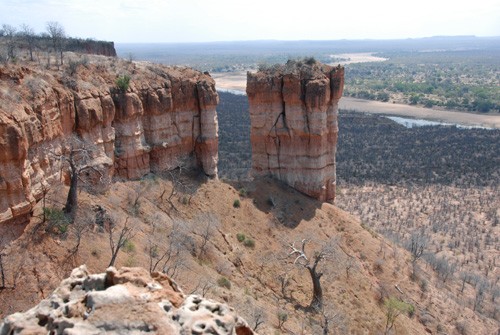
Gonarezhou National Park – view from Chilojo Cliffs
In the south east of Zimbabwe lies the Save Valley Conservancy, a wildlife reserve of nearly one million acres. A semi-arid wilderness of monumental granite kopjies, golden savannah, ancient leadwood forests and monolithic baobab trees, this tantalizing territory is home to endangered Black and White rhinos, African hunting dogs, elephants, buffalo, lion, unique birds and a host of other species.
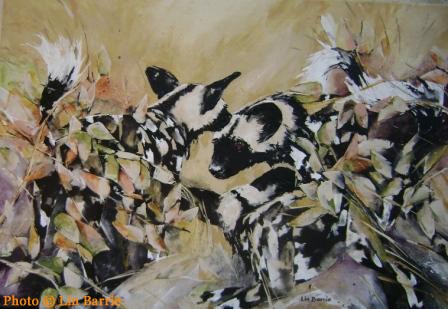
Wild dog painting by Lin Barrie – Title: „Concern“
Adjacent to the Greater Limpopo Transfrontier Conservation Area (GLTFCA) which comprises Kruger National Park (South Africa), Limpopo Park (Mosambique) and Gonarezhou National Park (Zimbabwe), this lowveld area is also home to Clive Stockil and myself, Lin Barrie. Clive owns River Lodges of Africa -a group of exquisite tourist lodges set in these pristine wilderness areas.
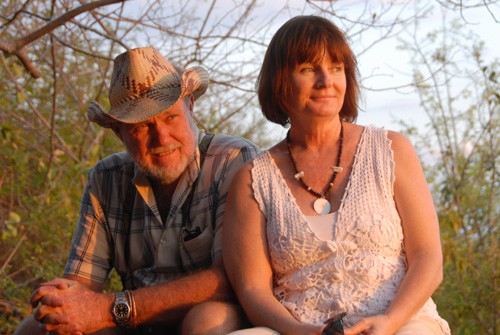
Gonarezhou National Park – Lin Barrie and Clive Stockil
Respected conservationist and ardent spokesman for the communities adjacent to the Save Valley Conservancy and the GLTFCA, Clive Stockil was an honorary warden of Gonarezhou National Park in the early eighties, Chairman of the Save Valley Conservancy from 1990 to 2009, and now sits as Chairman of the Lowveld Rhino Trust (LRT).
Clive’s contributions to the world of conservation and community development are legendary and ongoing.
As an artist, expressing my hopes, fears and love for this special ecosystem with oil paints on canvas, I believe that the essence of a landscape, animal or person, can only truly be captured by direct observation. I immerse myself in my surroundings, whether sketching rhinos drinking at a favourite waterhole on Senuko Ranch in the Conservancy, camping amidst fallen red Mopani leaves in Gonarezhou National Park or writing and watching daily as the resident African Hunting dogs raise their pups at a nearby den.
The wheeling constellations and moon phases of the night skies, the droughts, veld fires and regenerating rains of the changing seasons-all are inspiration and affirmation that no single species is more important than the total ecosystem. Each and every one of us, whether we are humans living in sprawling cities, or dung beetles rolling our food stores; whether we are monumental baobabs thousands of years old or a plant seed driven to germination by the passage of a veld fire; have a vital and often unrecognized role to play as strands in this greater web of life. Diversity and linkages between plants and animals are survival insurances for the future of our earth.
Here is something to share, just to bring us back to a joyous appreciation of this wonderful world we live in here at Tsavene, our house near Senuko Safari Lodge in the Zimbabwean lowveld.
Clive and I woke this morning to hear the two rival families of Ground hornbills booming their territorial drumbeats, and then peered down through our bedroom windows to see a herd of butter-fat eland cows and their huge grey bull browsing the shrubs below. Pleased with the promise of the day, notwithstanding the dreaded anticipation of stressful hours still needing to be spent in the office, we made ourselves a cup of freshly ground coffee and sat in the early morning cool of our verandah to watch the masses of birds flying in to drink and bathe at our waterhole and bird bath. Five different raptor species we saw within half an hour, and also warthogs, baboons, and impala gathering at the waterhole in anticipation of a long and very hot rainless day ahead.
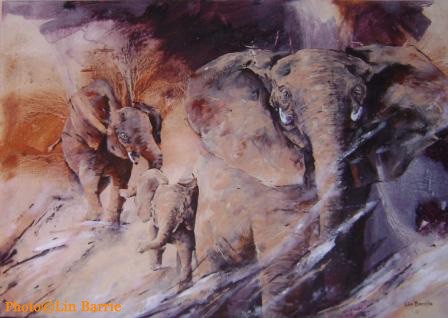
Elephant painting by Lin Barrie – Title: „Angry Mother“
After the various elephant families had made their usual nightly (and hugely noisy) visits to our waterhole, lions had called intermittently throughout our dreams last night and so we were not surprised to see, from our high vantage point, a spiralling vortex of vultures descending into trees nearby. This, together with the urgent barks of the baboons and explosive warning snorts of the impala, galvanised us to action and we drove down our Tsavene hill to discover two very smug, rotund lionesses, reclining and near-invisible in the gold winter grass.
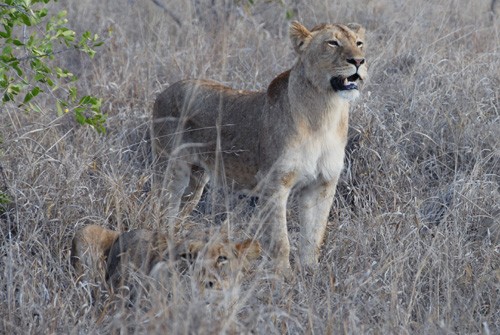
Save Valley Conservancy – Lionesses
We could not spot the actual kill from our vehicle and as we had our two extremely nervous Jack Russell dogs in the open bed of the truck, who were tails down and looking at us through the rear window with pleading eyes, urging us to „DRIVE ON!“, we left the lady lions in peace. We will go back later and see what they killed -if something large, as suggested by the volumes of vultures arriving, they will stay near the kill and eat again in the cooler late afternoon. Buffalo tracks abounded from last night-perhaps they killed a youngster? (Text published courtesy of Lin Barrie.)
If you would like to learn more about this fascinating area of Zimbabwe.
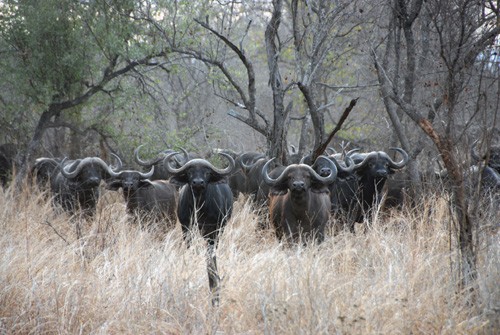
Save Valley Conservancy – Buffalo herd


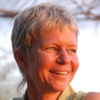
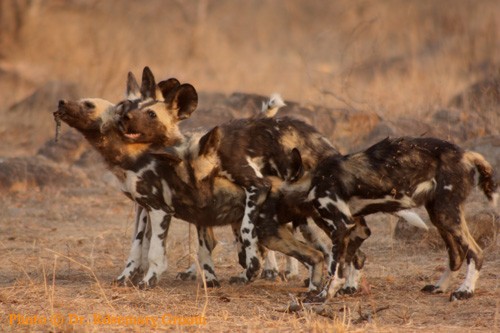
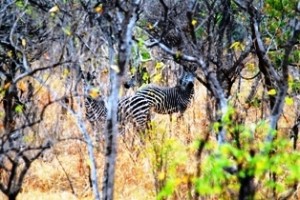
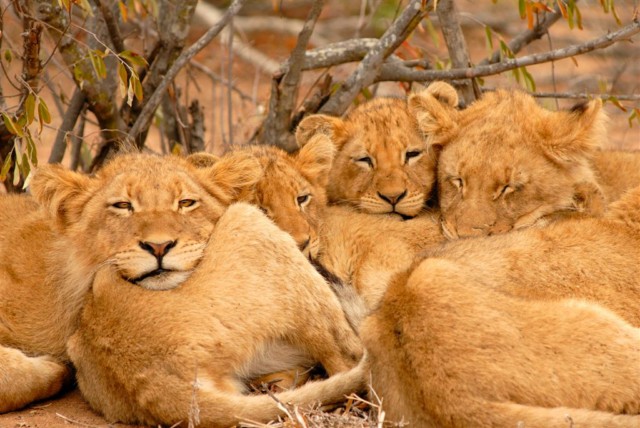
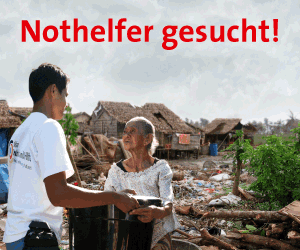
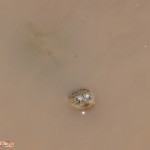
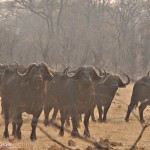
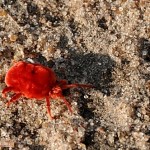
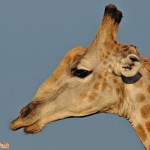
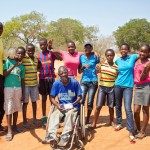
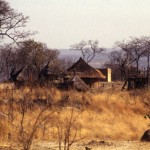
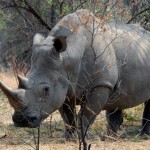
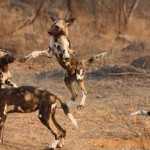
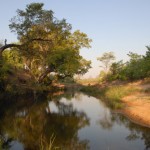
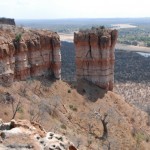
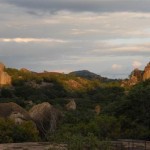
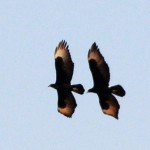
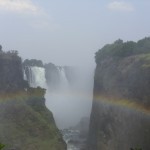
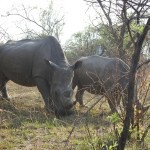
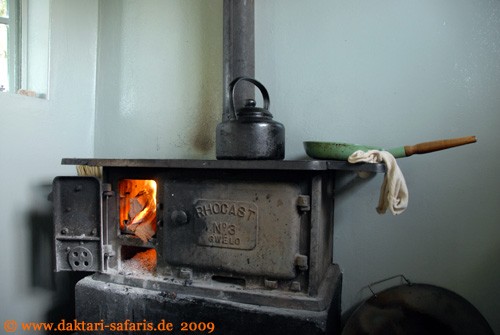
Hinterlassen Sie eine Antwort
Sie müssen angemeldet sein, um einen Kommentar abgeben zu können.